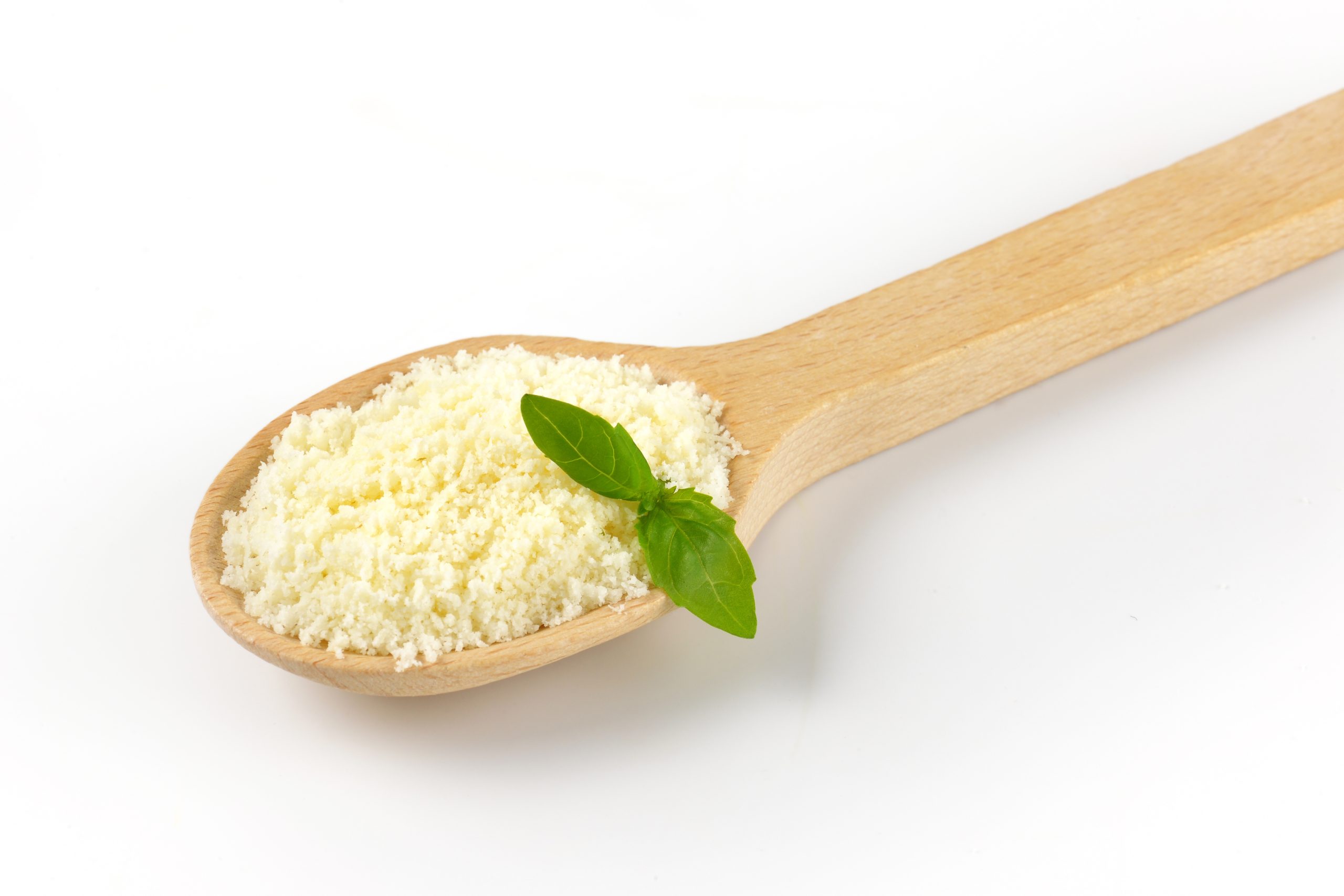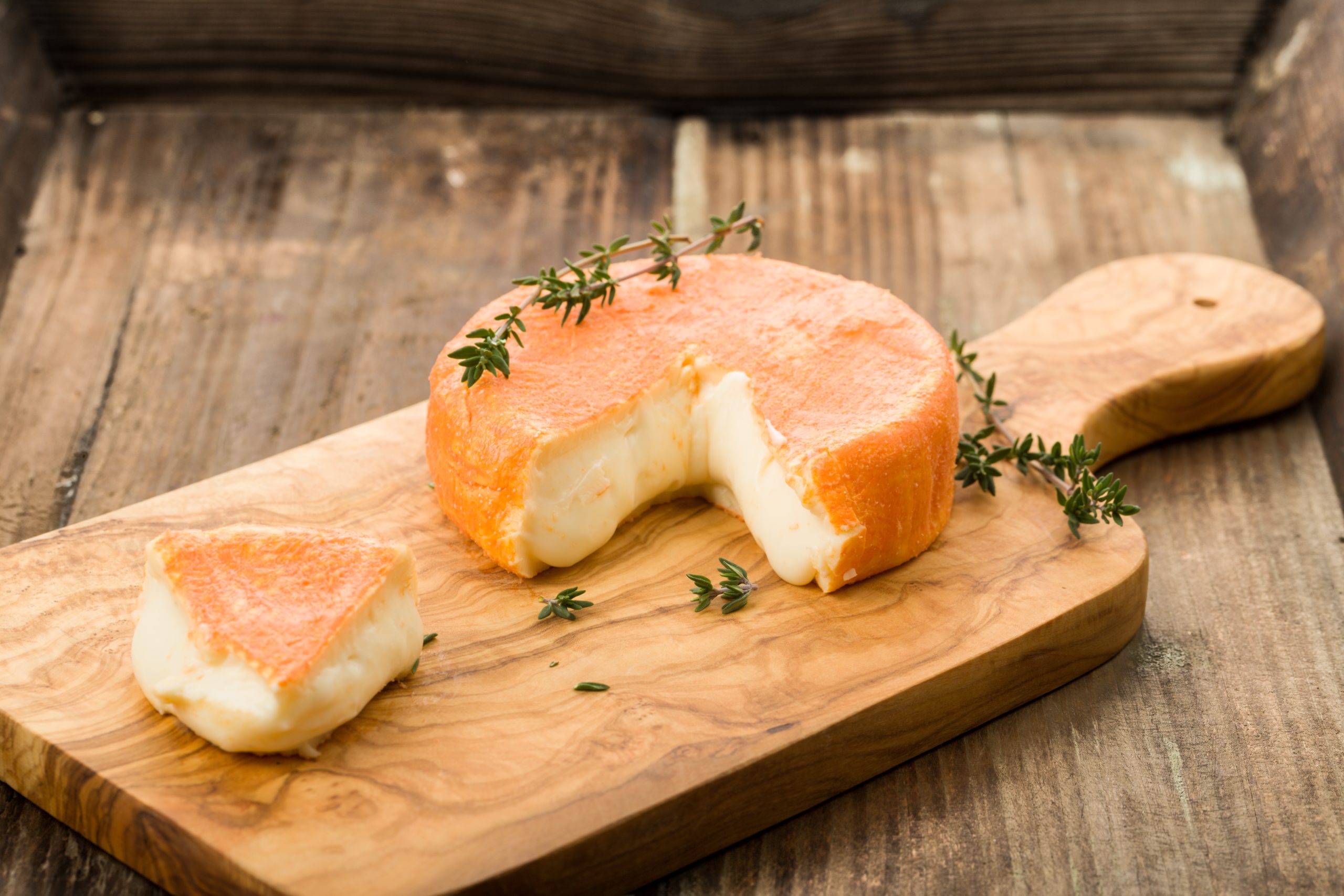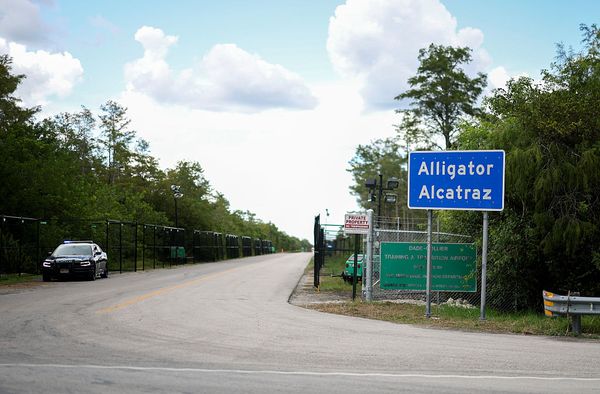The word “fresh” on a package of cheese evokes an image of a local, artisanal product. We imagine it came from a nearby dairy farm. In the modern globalized grocery store, however, the word “fresh” has a very different meaning. Many of the most popular “fresh” cheeses in your supermarket’s deli case are anything but local. They are industrial products that have been shipped thousands of miles across the ocean, a journey that can take weeks.

1. Feta Cheese from Greece
The most authentic feta cheese is made in Greece from sheep’s milk. Many of the tubs of “traditional” feta that you find in the deli section are, in fact, imported directly from Greece. While this makes them authentic, it also means that this “fresh” cheese has had a very long journey across the Atlantic Ocean.
2. Parmigiano-Reggiano from Italy
A true wedge of Parmigiano-Reggiano cheese can only be made in a specific region of Italy. It must be aged for a minimum of 12 months. This means that every single piece of this “king of cheeses” that you buy has been imported. It has traveled over 4,000 miles to get to your local store.
3. Gruyère from Switzerland
Gruyère is a classic Swiss cheese that is a key ingredient in fondue and French onion soup. Like Parmigiano-Reggiano, the name is protected. A true Gruyère must be made in a specific region of Switzerland. This ensures its quality and authenticity. It also ensures that the wedge of “fresh” cheese in your hand has crossed an ocean.
4. “Fresh” Mozzarella from Italy
While many great fresh mozzarella are made in the U.S., some of the most prized and expensive versions are imported from Italy. These are often made from the milk of water buffalo. They are packed in whey to preserve their freshness. However, that “freshness” has to survive a long, refrigerated trip across the world.
5. Manchego from Spain
Manchego is a classic Spanish cheese that is made from the milk of the Manchega sheep. It is a firm, flavorful cheese that is a staple of any good cheeseboard. Nearly all of the authentic Manchego that is sold in the United States has been imported directly from the La Mancha region of Spain.
6. Brie and Camembert from France

The soft, creamy cheeses of France, like Brie and Camembert, are famous around the world. While many American companies make a domestic version of these cheeses, the most authentic and flavorful ones are often imported from France. This means that the “fresh” wheel of Brie you are buying has likely been on a boat or a plane for a very long time.
7. Havarti from Denmark
Havarti is a mild, semi-soft cheese that is a popular choice for slicing and for sandwiches. The cheese originated in Denmark, and many of the most popular brands that are sold in the U.S. are still produced there. The block of Havarti in your deli case has likely traveled thousands of miles from its Danish home.
8. English Cheddar
While cheddar is made everywhere, a true English cheddar has a unique, sharp, and earthy flavor. Many of the aged, clothbound cheddars that you find in the specialty cheese section of your grocery store are imported from the United Kingdom. These are another example of a “fresh” product with a very large carbon footprint.
9. Jarlsberg from Norway
Jarlsberg is a mild, Swiss-style cheese that is famous for its distinctive large holes. The brand is a Norwegian icon, and it is one of the country’s most famous agricultural exports. The large wheel of Jarlsberg that your deli is cutting from was almost certainly produced in Norway and then shipped to the United States.
The Global Deli Counter
The modern specialty cheese counter is a testament to the miracle of the global supply chain. It allows us to taste the traditional flavors of the entire world. However, it also redefines the meaning of the word “fresh.” The cheese you are buying is a high-quality, authentic product. But it is also a well-traveled one. It has taken a long and complex journey to get from a small European dairy to your shopping cart.
What is your favorite imported cheese? Does knowing how far it has traveled affect your decision to buy it? Let us know your thoughts!
What to Read Next
- From Mac Cheese to Curry: 9 Comfort Foods Ranked by Taste
- 8 Hidden Costs Behind That “Discounted” Block of Cheese
- 3 Things You Need to Know Before Eating Velveeta Cheese
- 5 Reasons You Should Stop Buying Shredded Cheese
- Why Some Store-Bought Cheeses Are Treated with Mold-Inhibitors Banned in Other Countries
The post 9 Cheese Blocks That Are Labeled “Fresh” but Travel Thousands of Miles appeared first on Grocery Coupon Guide.







